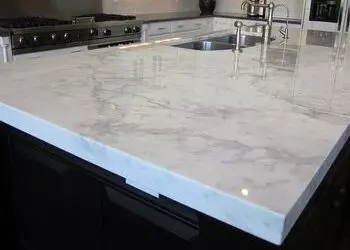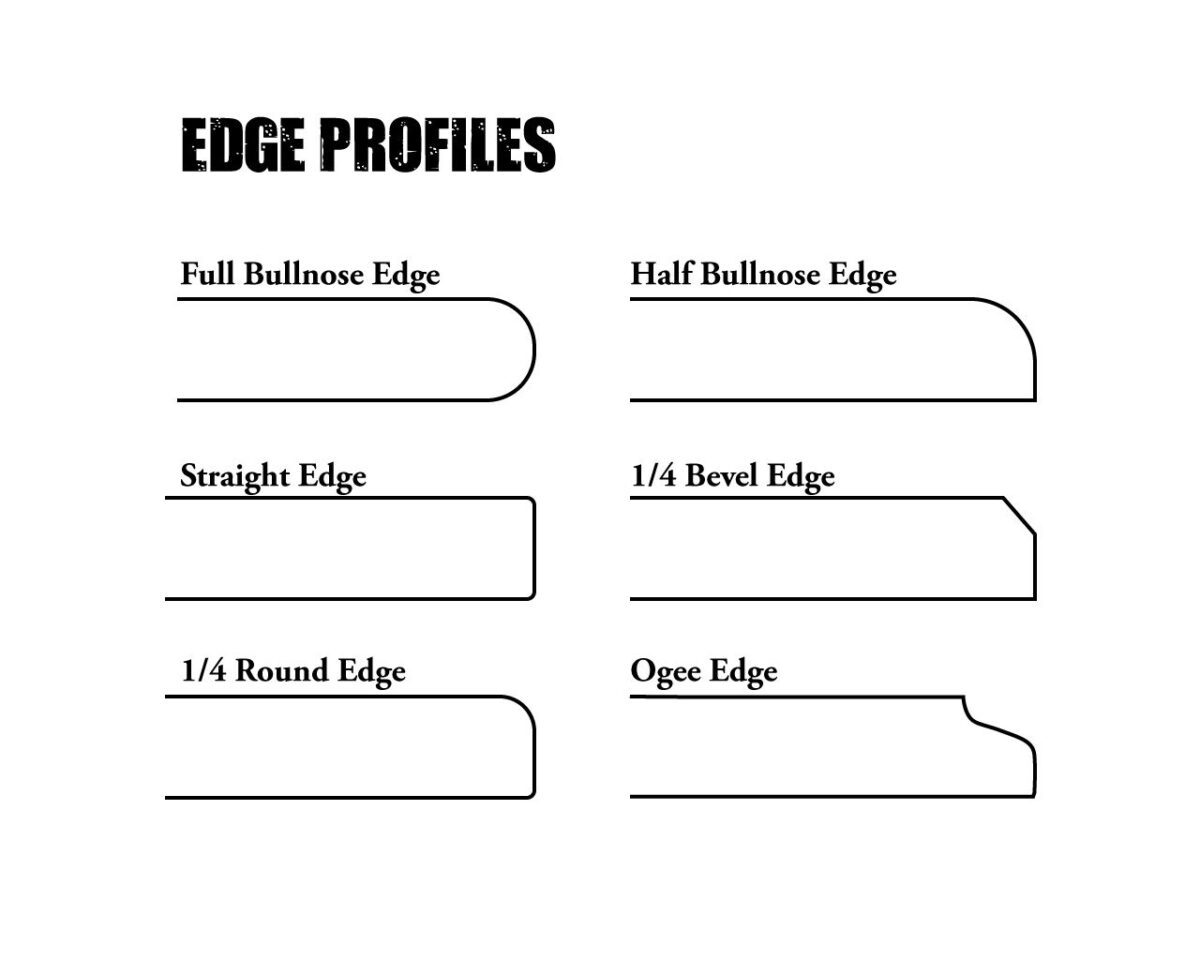TYPES OF COUNTERTOP EDGES
Countertop edges come in various styles and profiles to enhance the aesthetic appeal of the countertop and complement the overall design of a space. Here are some popular types of countertop edges:
1. Straight Edge:
Also known as a squared edge, this is a simple, clean, and contemporary edge style. It features a straight, sharp edge with a 90-degree angle.
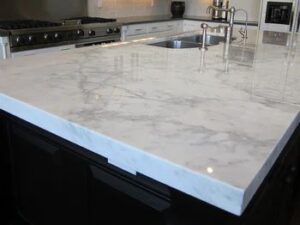
Straight Edge
2. Beveled Edge:
A beveled edge has a subtle angle cut along the top edge of the countertop. It adds a slight chamfer or slope to the edge, usually at a 45-degree angle.
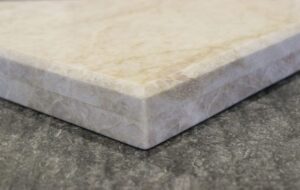
Beveled Edge
3. Rounded Edge:
Rounded edges are soft and curved, creating a smooth and gentle transition from the top surface to the vertical edge. They can vary in radius, from a subtle curve to a more pronounced bullnose edge.

Rounded Edge
4. Bullnose Edge:
The bullnose edge is a fully rounded edge that is semicircular in shape. It is a classic and timeless profile that is popular in many kitchen and bathroom designs.
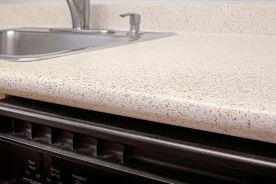
Bull Nosed Edge
5. Eased Edge:
An eased edge is a slightly rounded edge that removes the sharpness of a square edge. It features a small, eased or softened curve along the top edge, providing a comfortable feel.
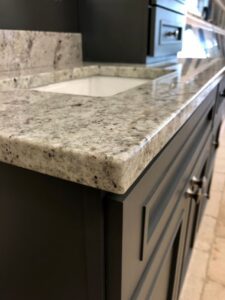
Eased Edge
6. Ogee Edge:
An ogee edge is an elegant and decorative profile that features an S-shaped curve. It adds a touch of sophistication and ornate detailing to the countertop.
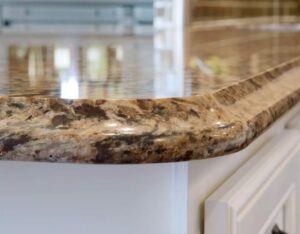
Ogee Edged
7. Dupont Edge:
The Dupont edge is a complex and layered edge profile that typically combines a straight or beveled edge with a small cove or bullnose detail. It creates a unique and distinctive look.

DuPont Edged
8. Waterfall Edge:
A waterfall edge extends the countertop material vertically down the sides of an island or cabinet, creating a continuous flow and a cascading effect.
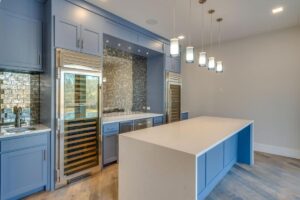
Waterfall Edged
9. Mitered Edge:
A mitered edge is achieved by joining two countertop pieces at a 45-degree angle to create a seamless, wraparound effect. It is commonly used for thicker countertops or to create the appearance of a thicker slab.
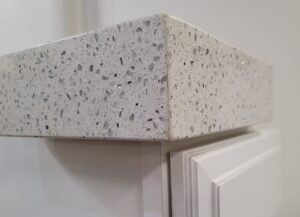
Mitered Edge
These are just a few examples of the many countertop edge styles available. The choice of countertop edge depends on personal preference, the overall design scheme, and the desired level of detail and visual impact.

